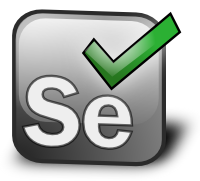FROM NOWHERE TO AUTOMATION ENGINEER IN JUST 3 DAYS. IT’S INTENSE BUT VERY PRACTICAL. DELIVERING ALL THE SKILLS YOU NEED TO SUCCEED WITH AUTOMATION.
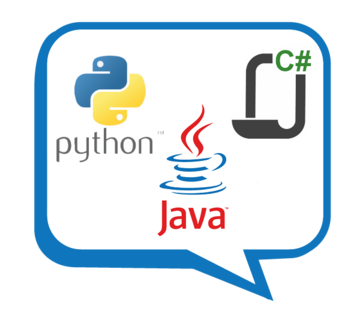
We want you to learn Selenium without getting tied to a specific language. We want you to focus on Selenium not the language. After all Selenium is an API that is language agnostic. Yes we’ll teach you Selenium with Python. Python because it’s easy to learn and fast to deliver results with. However, we will cover many examples in C# and Java. This way, by the time you’ve fished this course, you’ll be able to transfer what you’ve learnt to Java or C# if you need to. As testers ourselves though we believe you’ll get further, faster, with Python.
Sometimes it’s nice just to keep things simple to begin with. You’re going to build your own Raspberry Pi device. Then you’ll get this running Python with Selenium. All in the first 60 minutes of the course. This neat little contraption will ensure everyone is using the same platform and starting at the same level. It’ll also keep us focused on what’s important. No distractions with complex IDE’s. Grasp the basics well and the rest will flow from there. (Oh, and by the way, this is yours to keep.)
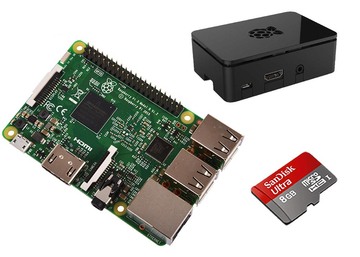
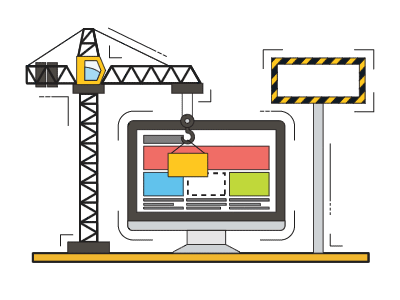
There are many ways to look at frameworks. We’ll touch briefly on the theoretical and then get straight back to the practical. We’ll explain why frameworks are so important and what the different concepts of frameworks mean. Just remember – it’s not the theory that matters most. What matters is that you have a physical (or rather code) framework that you can take back and apply to your projects. We’ll give you that framework so that you can build scalable, maintainable and flexible automation scripts that work.
We believe it’s easier to learn these principals in the real world. So we use Lego Mindstorm to teach you all about automation patterns. Lego Mindstorm running Python of course! This gives us a very concrete way to show you why particular patterns and/or solutions are good for solving particular test automation problems. With a few useful patterns locked away in that head of yours there’ll be nothing stopping you. Oh, and you’ll get to build a little bit of lego just for fun too.
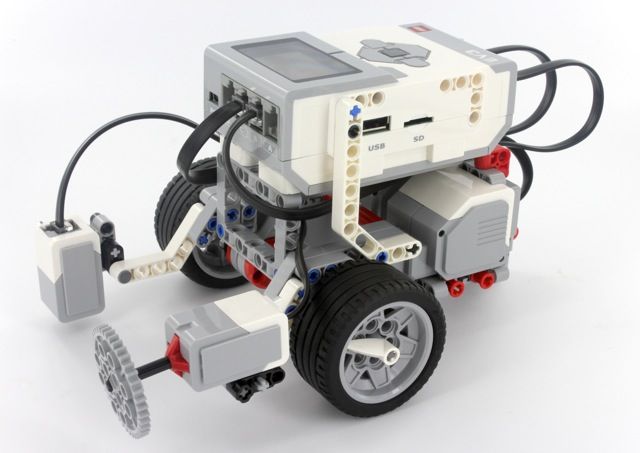
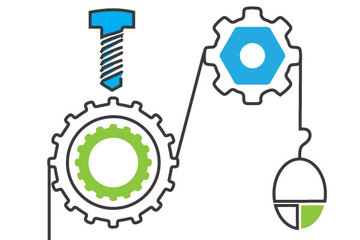
We’re into the nuts and bolts here. You’ve learnt the fundamentals and principals. It’s all about applying them now. We’ll take you through building the page object model and mapping the User Interface. It’s here that you’ll want to learn about creating maintainable test code. We’re into FireFox, Chrome and IE. We’re looking at browser idiosyncrasy and what it’s like to develop automation tests in the real world. Yet more practical, actionable, code that you can take back and apply in your own environment.
It’s not just automating the test cases that’s important. The process is absolutely key too. Now, playing with a Usb missile launcher might look like a gimmick. But it’s NOT! Yes it is fun but trust me it’s not a gimmick. There’s a very serious point to this. A lot of test automation efforts fail because the process of automation isn’t embedded in the day to day operation of the test team. This is about showing you how test automation should be tied into continuous test execution. We’ll introduce you to continuous integration and CI tools to make sure you get off to the best possible start. Failing fast and failing visibly makes a massive difference to the uptake and buy in on YOUR automation efforts. And in case you’re wondering you get to keep this too.

